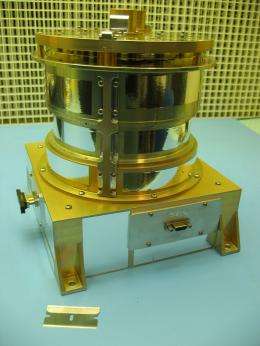FASTSAT Mission Update

The FASTSat Mini-Me and PISA instruments are successfully performing science observations as the TTI instrument continues sensor optimization.
To date, the MINI-ME instrument has acquired more than 29 days of observations at optimal science level (i.e., running with the power inputs and other characteristics to which it was initially calibrated in the lab). The instrument has flown during periods of magnetic activity and observed neutral atoms over a wide range of geomagnetic levels. MINI-ME will provide measurements of neutral atoms formed in the plasma population of the Earth’s outer atmosphere to improve global space weather predictions.
TTI continues to operate as planned, detecting far ultraviolet (FUV) airglow and FUV auroral signatures. Engineers are making progress toward optimizing the sensor settings, with half of the necessary functional objectives complete. TTI is on track for achieving full science mode sometime in late April. The TTI instrument will provide the first global-scale measurements of thermospheric temperature profiles in the 56-162 mile region.
The PISA instrument also continues to operate well, accumulating data during its 100 orbits around the Earth. PISA is testing new measurement techniques for the thermal electron populations in the ionosphere, calculating their density structure, which can interfere with or scatter radio signals used for communication and navigation.
Provided by JPL/NASA




















